Focus |
Collections
Filters
-
Collection Type
-
-
Collection |
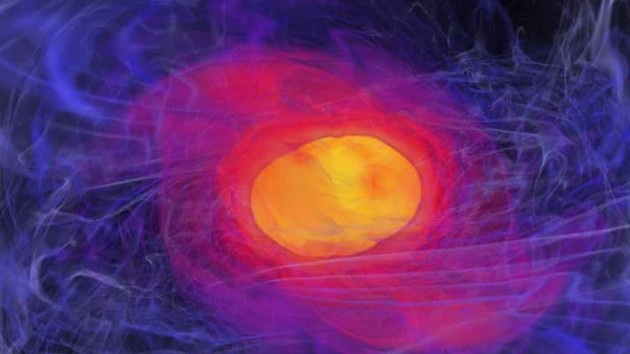 Kilonovae, short gamma-ray bursts & neutron star mergers
Kilonovae, short gamma-ray bursts & neutron star mergers
This Collection of research and comment from Nature Research focuses on the electromagnetic counterparts to the gravitational wave event GW 170817 from the merger of two neutron stars.
Image: Breu, Radice, Rezzolla (GU Frankfurt, ZIB Berlin) -
Collection |
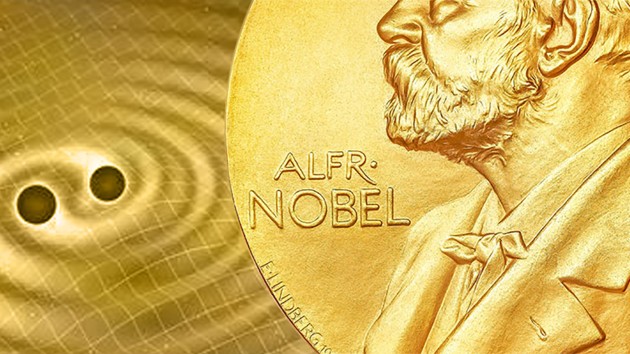 2017 Nobel Prize in Physics
2017 Nobel Prize in Physics
We present this Collection of research, review and comment from Nature Research to celebrate the award of the 2017 Nobel Prize in Physics to Rainer Weiss, Barry Barish and Kip Thorne — who are recognized " for decisive contributions to the LIGO detector and the observation of gravitational waves". The success of LIGO is a testament to their vision, ingenuity and sheer perseverance for several decades.
Image: Macmillan Publishers Limited/The Nobel Foundation/Science Photo Library/ Alamy Stock Photo -
-
Collection |
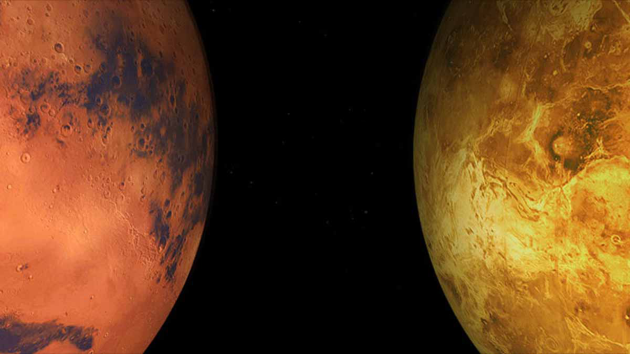 Nature Astronomy Focus: Gender equity in astronomy
Nature Astronomy Focus: Gender equity in astronomy
-
Insight |
 Dark Matter
Dark Matter
Dark matter makes up most of the Universe, but very little is known about it. This joint Nature Astronomy and Nature Physics Insight explores the history and current status of dark matter searches in particle physics, astrophysics and cosmology.
Image: Ralf Kaehler and Tom Abel ( KIPAC, SLAC / Stanford University ) -
Collection |
 Nature's Astronomical Highlights
Nature's Astronomical Highlights
Nature has a long history of publishing pioneering articles in astronomy that Nature Astronomy will continue. The first exoplanets, the first pulsar, and more.
-
Collection |
 Black holes from prediction to detection
Black holes from prediction to detection
On 14 September 2015, the LIGO/VIRGO instruments detected the first ever statistically significant signal of a gravitation wave passing through Earth, exactly on the 100th anniversary of the theory of General Relativity. The signal was identified as originating from the merger of two stellar black holes orbiting each other. Black holes, since their theoretical conception from Einstein and Schwarzschild, have played an integral role both in theoretical physics and later on in astronomy and astrophysics. Currently, black holes are thought to play an important role, both as probes of the most extreme regime of gravity, but also as regulators of their environments both on stellar and galactic scales. Nature journals have played a prominent role in publishing key results relating to black holes, including some of the most highly cited papers in astronomy. This collection showcases the presence of black holes in scientific research over the last 50 years and the evolution of our understanding of black holes in astronomy and astrophysics over that time. In the "Research" tab, you will find a collection of some of the most important discoveries relating to black holes that were published in Nature journals. From the association of black holes to the most luminous galaxies in the Universe, to Hawking radiation, and quantum black holes, this tab offers a slice of some of the most exciting research in astronomy. In the "News, Views and Comments" tab, you will find the reaction of the community to what today is considered rather commonplace knowledge. What will happen if one lowers a rope with a mass tied to its end inside a black hole? Why is the detection of gravitational waves such an important breakthrough? Click through to find more. In the "Theory and Predictions" tab, you will find papers that have dealt with black holes on a theoretical level, making predictions about both the observational signatures of black holes and the properties of the black holes themselves. Despite their blackness, black holes power some of the most luminous objects in our Universe through the accretion of matter and the gravitational release of energy. Black holes come in all sizes (and potentially shapes). In the "Quantum to stellar black holes" tab, we take a closer look at black holes with small masses (up to a few hundred or thousand solar masses). These can be found scattered around galaxies, the end product of stellar evolution, and even presumably in the primordial Universe, products of quantum fluctuations and extremely high-energy processes. "Milky Way and beyond" takes a step back and looks at the most massive black holes we currently know. From the black hole hiding at the centre of our very own galaxy to the giant black holes found in other galaxies in our local Universe and beyond. In this tab, you will find papers about stars being destroyed by black holes, the evidence for a black hole at the centre of the Milky Way, and even systems of binary supermassive black holes who gravitational wave signature will eventually be observed by LISA.
-
Collection |
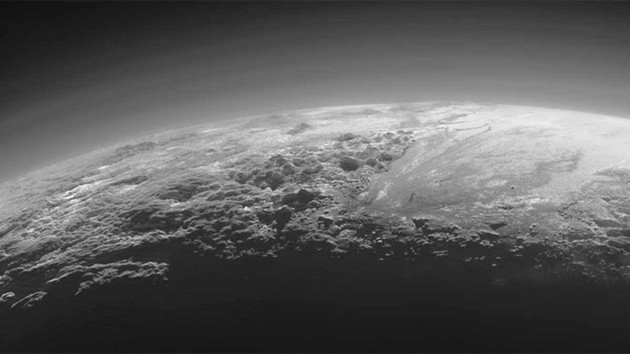 Advances in Planetary Science
Advances in Planetary Science
A highlight of the Nature Publishing Group output in planetary science in the last three years.

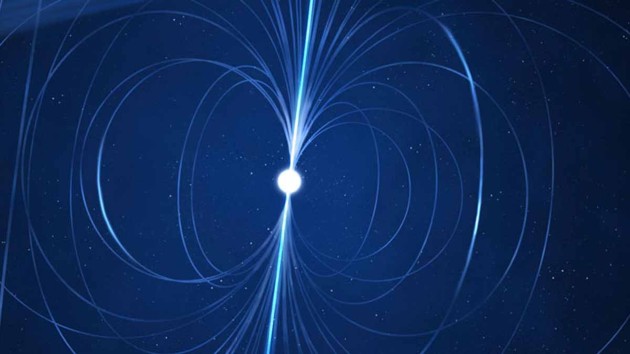 50 years of pulsar astronomy
50 years of pulsar astronomy
 Cassini Scientists’ Favourite Photos
Cassini Scientists’ Favourite Photos